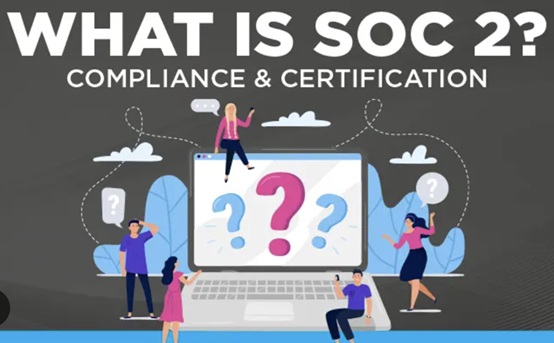Why does personalisation increase digital marketing campaign effectiveness consistently?

Generic campaigns get ignored. People delete emails that don’t relate to them. They scroll past ads showing irrelevant products. Tech buyers especially expect companies to remember their interests and preferences. Prospects are treated individually by personalisation. A digital marketing campaign tailored to specific behaviors, preferences, and needs generates higher response rates. It improves engagement, conversions, and revenue for companies when used properly.
Behavioral tracking informs content
Every action someone takes online reveals something about what they want. A visitor reading three articles about cloud security cares about security. Someone downloading Kubernetes guides is evaluating container orchestration. By tracking these behaviors, you can tailor subsequent messages. Sites track pages visited, time spent, downloads, and emails opened. This data builds profiles showing each person’s focus areas. Someone researching API management sees content about integration strategies. A prospect exploring compliance documentation receives materials about regulatory frameworks. The system matches content to proven interests automatically based on browsing patterns and engagement history.
Message relevance drives opens
Subject lines mentioning topics someone has already engaged with get opened more. An email about “API security best practices” performs better with someone who visited your API documentation than a generic “product update” message. The specificity signals you understand what matters to them. Content blocks change based on recipient profiles. Industry-specific examples go to people from those industries. Role-appropriate messaging targets job functions. Product recommendations reflect previous browsing behavior. This dynamic assembly happens when emails are sent, pulling from content libraries based on individual data points. The recipient gets a message that feels purpose-built for them because, functionally, it was.
Timing optimization increases action
When messages arrive, what they contain matters as much as when they arrive. Sending emails when each person typically engages improves open rates dramatically. Instead of using one-size-fits-all schedules, platforms analyze past behavior. Trigger-based timing works even better for certain scenarios:
- Cart abandonment messages go out within an hour of someone leaving items behind
- Browse abandonment sequences start after someone views products without taking action
- Re-engagement campaigns launch when activity patterns show declining interest
- Renewal reminders arrive based on subscription end dates rather than arbitrary schedules
- Event invitations reach people in appropriate time zones at reasonable local hours
This temporal precision catches people when they’re most receptive rather than interrupting them randomly.
Targeting audiences refines
The same approach guarantees mediocre results. It divides audiences into groups based on shared traits. Startup founders need different information than enterprise tech buyers. Developers care about other features than executives. Purchase history segments particularly well. Frequent buyers appreciate streamlined messaging about new offerings. First-time customers need more education and reassurance. High-value accounts warrant white-glove treatment. Budget-conscious segments respond to value propositions emphasizing cost efficiency. These groups receive fundamentally different campaign treatments because their priorities differ.
Adaptable interfaces
Websites can change based on who’s visiting. Return visitors see different homepage content than first-timers. Someone from healthcare sees healthcare case studies featured prominently. A visitor who previously looked at specific products finds those products highlighted on their next visit. Forms adapt too. Known contacts see pre-filled fields using existing data. New visitors get longer forms capturing initial profile information. High-intent visitors might see expedited paths to sales conversations. Low-engagement visitors receive educational content offers instead. The interface morphs to match each person’s relationship with your company and their demonstrated level of interest.




